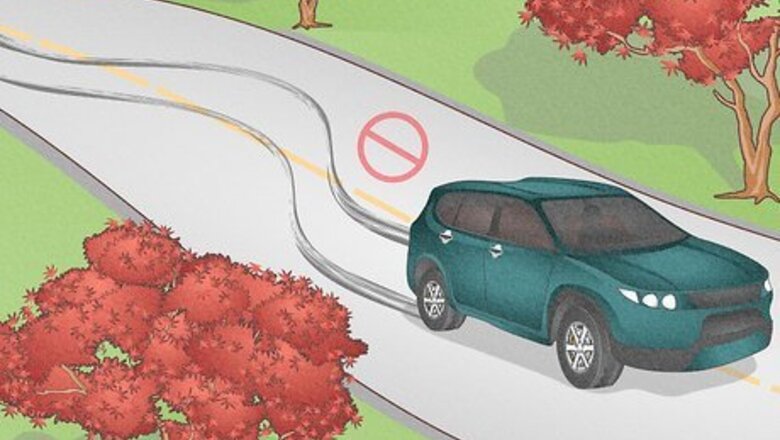
views
- Use an on-board diagnostic (OBD2) scan tool to reset your TCS/ABS light by plugging it into the diagnostic link connector (DLC) and clearing the code.
- Driving your vehicle for a few minutes after reconnecting or installing a new battery may get the light to turn off.
- If the TCS light comes back on after you’ve reset it, take your vehicle to the mechanic.
How does the TCS system work?
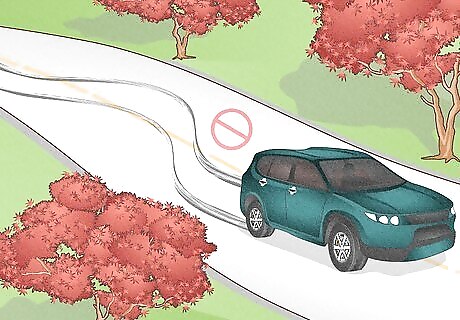
The traction control system keeps your vehicle from sliding. The traction control system (TCS) identifies when one (or more) of your wheels loses its grip on the road. When this happens, the TCS light starts blinking as it automatically applies the brakes to the tire(s) that have lost their grip so that you can regain control. This system is tied to your anti-lock braking system (ABS), which controls your brakes and helps them keep your vehicle stable in high-braking situations. This is why a TCS light is often accompanied by the ABS light.
Reasons the Traction Control Light Comes On
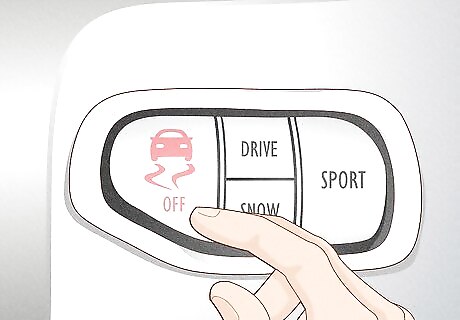
The traction control system is off You probably already checked this one, but on the off chance you don’t know, you can turn the TCS system on and off. Just click the TCS button once to see if the light goes away—you may have accidentally turned the system off. The TCS system is always on unless you turn it off. The TCS button usually has a car with swerving lines coming out of the tires on it. The word “off” is usually printed on the button as well. Refer to your manual to find the TCS button in your specific vehicle. It’s usually either on your turn signal, or the bottom half of your dashboard controls.
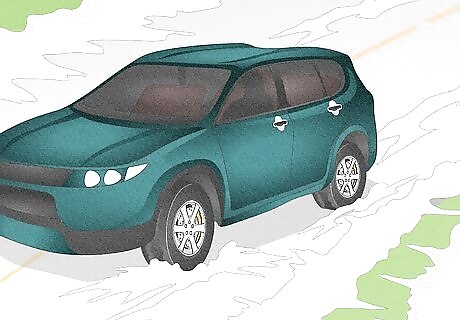
Bad road conditions If your TCS or ABS light pops on when you’re driving in the snow or rain, your vehicle is letting you know that your TCS/ABS system is engaged. Slow down a bit to maintain better control of your vehicle and the light should go away.
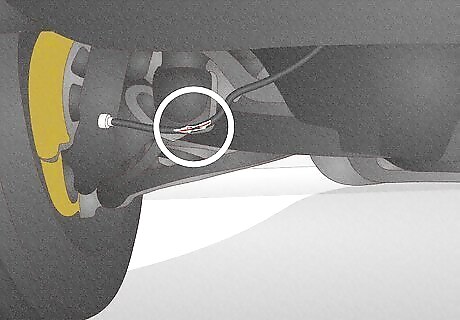
Wiring damage There are wires that run from each wheel’s speed sensor to your vehicle’s main computer. If these wires are corroded or damaged, your vehicle will think the wheels aren’t turning at the same speed, which causes the traction control to engage. Getting these wires replaced will solve your problem. If you’re a gearhead who loves working on vehicles, throw your car up on jacks, disassemble the wheels, and inspect the cables running to the wheel sensors. Wrap any exposed wires in electrical tape to see if that solves your problem.
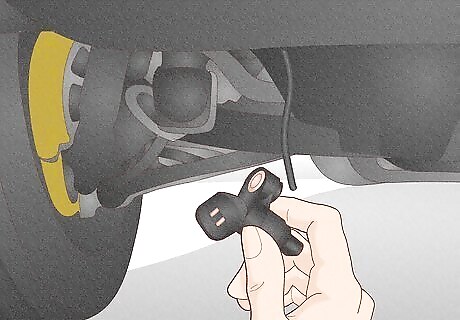
Faulty wheel speed sensors If the wires aren’t damaged, the sensors themselves may be to blame. When you speed up or slow down, the wheel sensors send a signal to your vehicle to let them know the speed is changing. If those reported speeds don’t match, the TCS kicks in. Getting the sensors replaced can solve this. The older a vehicle gets, the more likely these sensors are to fail over time. This is not a DIY repair job, since it involves calibrating and wiring a delicate sensor. Take your vehicle to a mechanic to get these sensors replaced.

Antilock braking system malfunctions The traction control system works alongside the anti-lock brake system to automatically keep your vehicle stable. They’re both controlled by the same cables and sensors, so if your ABS system fails or ends up out of whack, it can cause your traction control system to also malfunction. Have a mechanic take a look if your ABS and TCS lights are on. It can be extremely difficult for a non-professional to identify which system is at fault here.
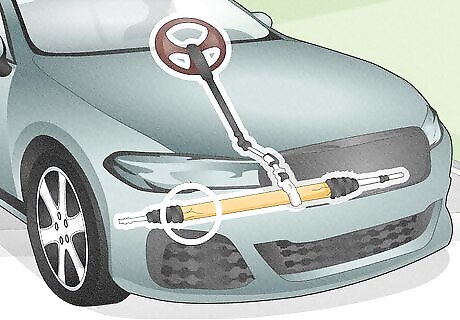
Bad steering rack If you’ve got other warning lights popping up beside the ABS and TCS lights, your steering wheel feels clunky, or your vehicle feels like it’s accelerating slower than it should be, your steering rack is probably damaged. Take the vehicle to a mechanic to have them inspect and repair your steering rack. The steering rack is a delicate, essential part of your vehicle. Have a professional replace or repair the steering rack. Your check engine light should also pop on if you’ve got a damaged steering rack.
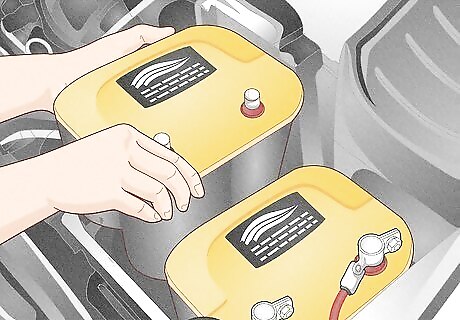
New battery It’s normal for the traction control light to pop on after you’ve replaced the battery. Keep driving your vehicle for a few minutes. The light should turn off on its own once your vehicle’s computer fully resets.
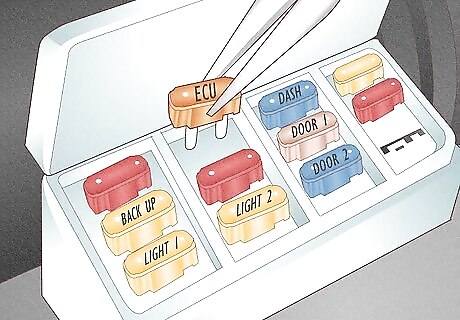
Computer programming errors This is where resetting your traction control system is likely to solve the problem. A system error or glitch can easily throw off your TCS system settings and cause the light on your dashboard to pop on. To reset your vehicle’s computer, turn your vehicle off and find the fuse box. Remove the fuses labeled “back up” and “ECU.” Leave the fuses out for 10 minutes before reinstalling them. Put the cover back on and go for a quick test drive.
Quick TCS Light Reset with an OBD2
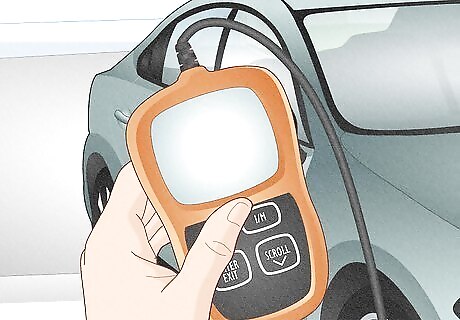
Purchase or rent an on-board diagnostic 2 (OBD2) scanner. If you perform even minor repairs on your vehicle, an OBD2 scanner is a great investment. You can purchase one online or at a local automotive repair store. Alternatively, you could rent one from an auto supply store. An OBD2 scanner plugs into your vehicle and scans the vehicle’s systems for errors and fault codes, and you can use one to reset your TCS/ABS lights. The really nice OBD2 scanners will run you a few hundred dollars, but you can buy a cheaper model for $30-50. If your vehicle was made before 1996, you’ll need an original OBD device, not an OBD2. The OBD2 will work on any vehicle made after 1996, though.
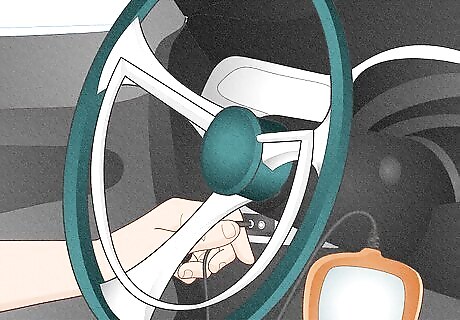
Plug it into your dashboard’s Diagnostic Link Connector (DLC). Consult your vehicle’s manual to find where the connection port is for your OBD2 device. In almost every vehicle, it will be located under the steering wheel—usually on the left side. You may have to peel a panel off of your dashboard to access it, although many cars just have a cover on it. Plug the OBD2 directly into the DLC port.

Erase and reset your dashboard lights with an OBD2 scanner. Power the OBD2 on. Enter your vehicle’s make and model. Then, select “systems” or “control unit” to pull up the different vehicle systems. Find your TCS/ABS system and select “erase codes” or “reset codes” to clear the warning light and reset your TCS system. You can use the “auto scan” function to automatically search your vehicle and pull up any issues or problems. Depending on your OBD2 device, you may need to read the codes using the key that came with the model.
Manufacturer-Specific Reset Methods

Toyota Toyota doesn’t have a dedicated traction control light—their vehicles combine the ABS and TCS systems into a single VCS (vehicle control stability) system. Put your car in park. Press and hold the VSC button for 5 seconds and the TRAC OFF and VSC OFF lights should both come on. Press the VSC button one more time and your traction control system will reset. Refer to your manual to identify the location of the VCS button. In most models, it’s next to your gear shift. If the lights don’t go off, take your vehicle to a mechanic.
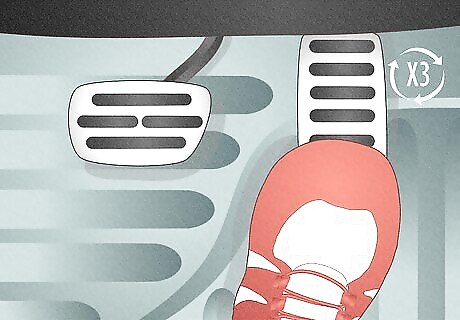
GM Turn the key into the on position without starting the engine. Then, tap your gas pedal 3 times in quick succession. Now, start your engine. This may reset your vehicle’s diagnostic computer and reset the TCS and ABS systems. GM does not offer an “official” method for resetting GMC, Buick, Chevrolet, Chevy, or Cadillac traction control lights, and their manuals all suggest taking your vehicle to a mechanic to have the underlying problem diagnosed and fixed. If your lights come back on, see a professional to get help diagnosing the problem.
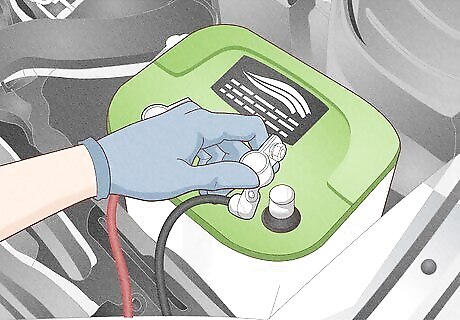
Ford/Lincoln Ford calls their traction control system “AdvanceTrac.” If your AdvanceTrac light comes on, turn the car on and pop the hood. Unhook the negative battery terminal. Let the vehicle run for 5 minutes and then reconnect the battery and restart your car. If your AdvanceTrac light comes back on, go see a mechanic. In theory, if your alternator works, removing the negative terminal should not harm your vehicle. However, there is an off chance that this damages your vehicle’s computer if your vehicle isn’t in tip-top shape.
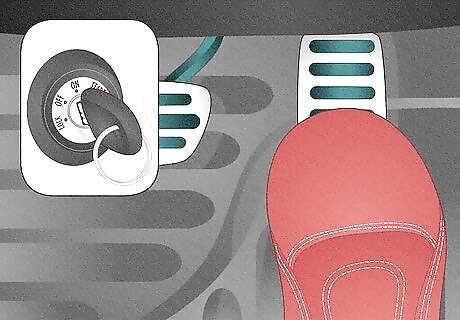
Hyundai-Kia Put the key in the ignition and turn it to the on position without starting the vehicle. Press the gas pedal 3 times in quick succession. Then, turn your engine on all the way and let it run for a minute. The TCS and ABS lights should reset and go away if there isn’t any underlying problem with your traction control system. On some Hyundai and Kia models, the TCS and ABS systems are combined into a single ESC (electronic stability control) system. Take your vehicle to a mechanic if the ESC, TCS, or ABS light comes back on.
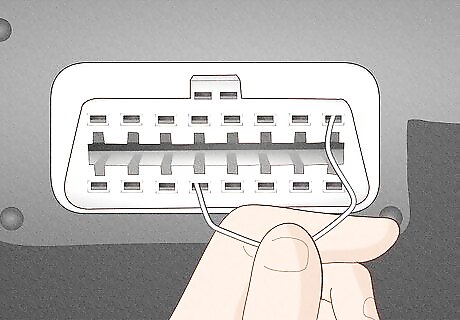
Honda/Acura Remove the panel under the steering column and find the OBD connector, which is a 16-pin port. Turn the key in the ignition to the “on” position and press the gas pedal with the engine off. Unravel a paper clip and put one end into the top right opening, and the other end into the fourth from the left on the bottom. Release the brake pedal and let the ABS/TCS lights blink repeatedly. After you let the light blink for a minute, turn the ignition to the off position and remove the paper clip. The ABS/TCS light should reset the next time you start the car. The paper clip in the OBD connector solution may seem strange, but the TCS and ABS lights pop on in Hondas and Acuras when the battery’s voltage is low. The paper clip clears the low voltage signal to your computer and forces it to accurately read the wheel sensors. If the ABS/TCS comes back on, take your vehicle to the mechanic.

Volksagen/Audi Volkswagen and Audi combine the TCS and ABS systems into a single EPC (electronic power control) system. If your EPC light pops on, try resetting it by starting your car normally in park. Let the vehicle run for a minute and then turn the vehicle off. Then, restart the car except this time, push the gas pedal to the floor for 1-2 seconds while the engine starts. If the EPC light comes back on while you’re driving, take it to a mechanic.
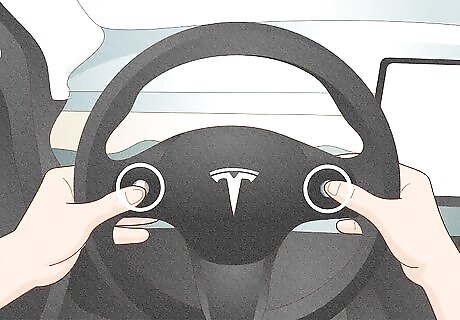
Tesla With the vehicle on, hold down both scroll wheels on the steering wheel until the display turns off. Wait for your unit to restart, which should take 2-3 minutes, and your TCS warning signal should disappear. If it doesn’t, go into the Controls menu, select Safety & Security, and then tap the Power Off button. Your Tesla will perform a full reboot and recheck all of its electrical systems. If the warning signal comes back, take your Tesla to a Tesla dealership to have it inspected.
Fixing a TCS Light that Comes Back On
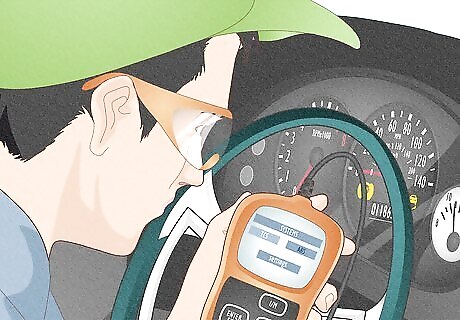
If resetting the light doesn’t work, get some professional help. The ABS and TCS systems are essential when it comes to staying safe on the road—especially when it’s raining or snowing. If resetting the light doesn’t help, take the vehicle to a professional to have the underlying problem diagnosed and fixed. You can still drive with the TCS light on, but you should go slower than you normally would and avoid driving in harsh conditions.

















Comments
0 comment